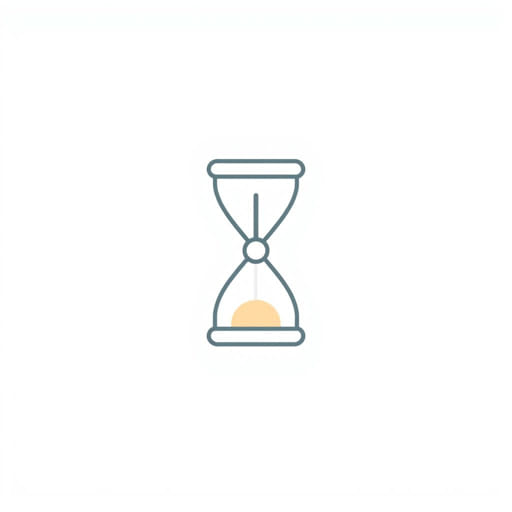Copyright is a form of legal protection granted to the creators of original works, such as books, music, films, paintings, and software. It ensures that the creator retains exclusive rights over the reproduction, distribution, and public performance of their work. One of the most frequently asked questions by creators, publishers, and legal professionals is: how long does copyright subsist? The duration of copyright protection varies depending on the type of work, jurisdiction, and whether the author is an individual or a corporation. Understanding this duration is crucial for determining when a work enters the public domain and becomes free for public use.
Definition of Copyright Subsistence
When discussing how long copyright subsists, it is important first to define what copyright subsistence means. Copyright subsistence refers to the period during which a copyrighted work enjoys protection under copyright laws. During this time, only the copyright owner has the right to reproduce, distribute, or license the work, subject to specific exceptions under fair use or similar doctrines.
Commencement of Copyright Protection
Copyright generally begins automatically upon the creation of a work, provided it is fixed in a tangible medium of expression. This means that the work must be recorded in some way written on paper, saved on a hard drive, filmed, or painted on a canvas. Registration is not required for copyright to subsist, although it can be beneficial in legal disputes.
Duration of Copyright in Literary and Artistic Works
The most common benchmark for copyright duration is life of the author plus 70 years. This is the standard in many countries, including the United States, members of the European Union, and signatories to the Berne Convention.
- Individual Authors: Copyright lasts for the life of the author and continues for 70 years after their death.
- Joint Works: If a work has multiple authors, the copyright term lasts for 70 years after the death of the last surviving author.
Corporate and Anonymous Works
For works created by corporations or published anonymously or pseudonymously, the copyright duration is different. These works are typically protected for a specific period from the date of publication or creation.
- United States: Copyright for works made for hire or anonymous works lasts for 95 years from publication or 120 years from creation, whichever is shorter.
- European Union: Similar protections exist, but local laws may vary slightly based on the type of work and publishing conditions.
Special Categories of Works
Sound Recordings
Sound recordings often have different terms of protection. In the United States, federal copyright protection for sound recordings fixed after February 15, 1972, lasts for the same term as other works. For older recordings, state law may apply until full federal coverage begins.
Photographs and Films
In many jurisdictions, films and photographs are protected in a manner similar to literary and artistic works. However, the involvement of multiple contributors can complicate duration calculations.
Unpublished Works
Unpublished works may receive indefinite copyright protection until they are published, at which point the standard term begins. Some countries have specific rules to address such works and prevent perpetual copyright.
International Copyright Duration Variations
While many countries align their copyright terms with international treaties like the Berne Convention, local variations still exist. Some nations have shorter or longer terms based on their own legislative frameworks.
- Canada: As of recent updates, Canada shifted from life plus 50 years to life plus 70 years to align with global standards.
- Mexico: Offers one of the longest copyright durations life of the author plus 100 years.
- India: Applies life plus 60 years for most works.
Expiration and the Public Domain
Once copyright expires, the work enters the public domain, meaning it can be freely used by anyone without needing permission or paying royalties. This is essential for cultural preservation, education, and creative re-use.
Indicators of Expired Copyright
Determining whether a work is in the public domain requires researching the author’s death date, publication date, and the laws applicable at the time. Many libraries and databases provide public domain resources to help users navigate this information.
Extensions and Exceptions
Term Extensions
In some cases, countries may extend the copyright term through legislation. One well-known example is the U.S. Copyright Term Extension Act of 1998, which added 20 years to existing copyright durations.
Fair Use and Limitations
Even while copyright subsists, there are legal exceptions such as fair use, fair dealing, and educational exemptions that allow limited use of copyrighted works without infringing on the creator’s rights. These do not extend the term but permit certain actions during the copyright period.
Why Understanding Copyright Duration Matters
Knowing how long copyright subsists is crucial for educators, publishers, artists, and researchers. Misuse of copyrighted material can lead to legal consequences, while failure to recognize a work’s public domain status can result in missed opportunities.
Protecting Your Own Work
Creators should be aware of the duration of protection to take necessary actions like renewing registrations (where applicable) and planning for licensing, inheritance, or eventual public domain entry.
Respecting Others’ Work
Using a copyrighted work without permission within its protected term can lead to copyright infringement claims. Therefore, understanding when a copyright ends is essential for lawful use.
Copyright subsists for a well-defined period, which varies based on the nature of the work, the creator’s identity, and the laws of each jurisdiction. In general, most works by individuals are protected for the life of the author plus 70 years, while corporate or anonymous works enjoy a set number of years from publication or creation. Understanding how long copyright lasts allows individuals and organizations to responsibly create, use, and share intellectual property while complying with legal frameworks. Keeping track of expiration dates and national variations ensures that creative freedom and legal compliance go hand in hand.
